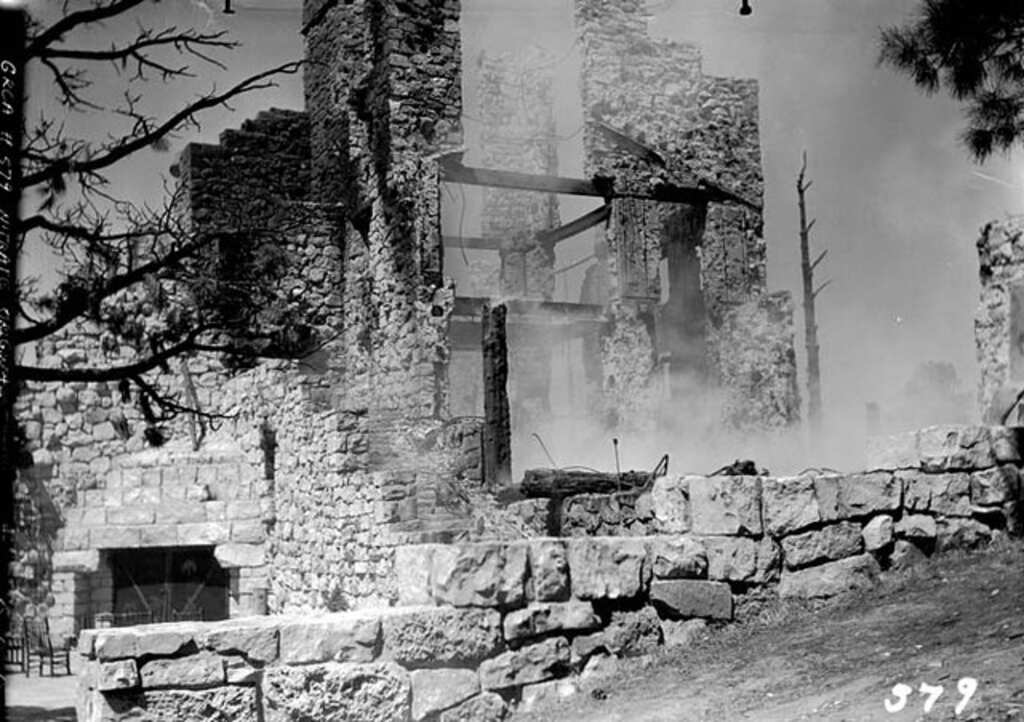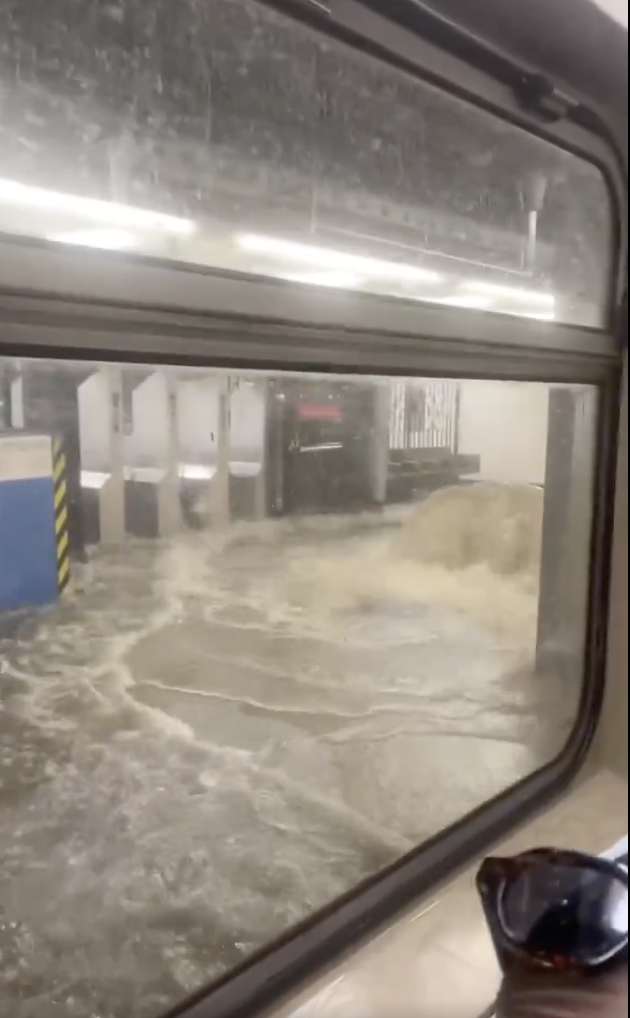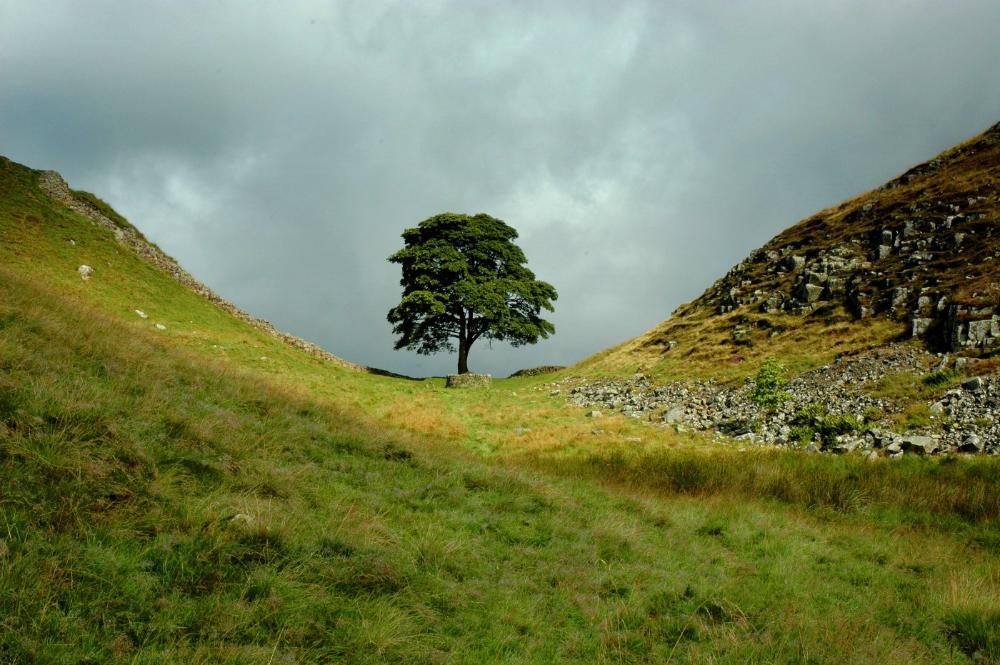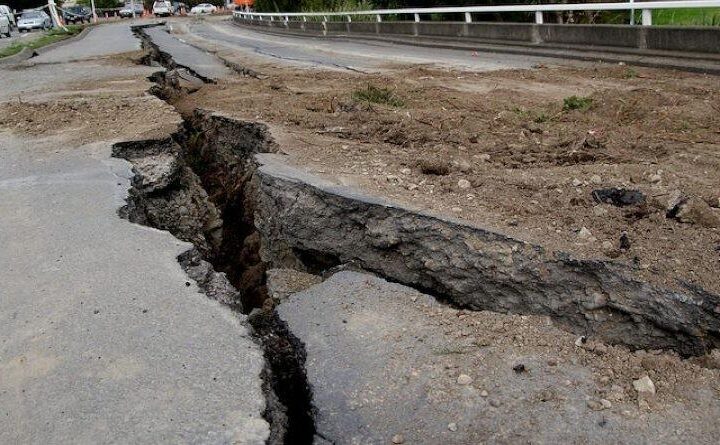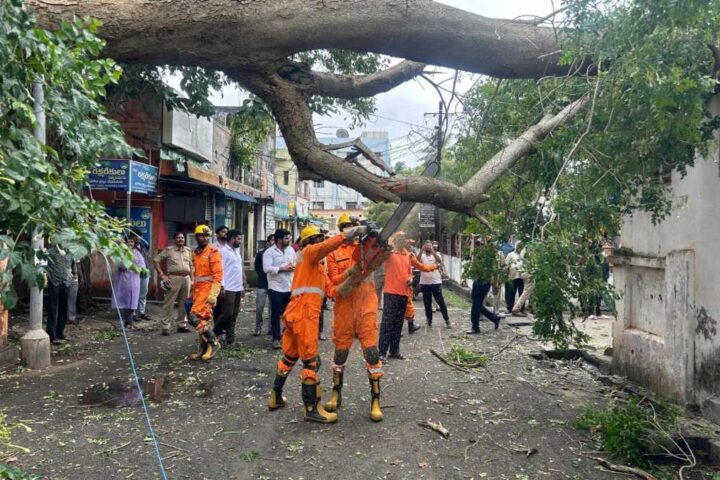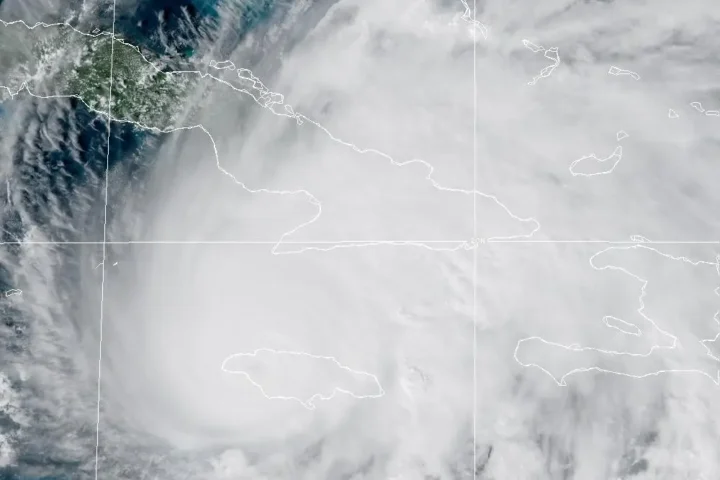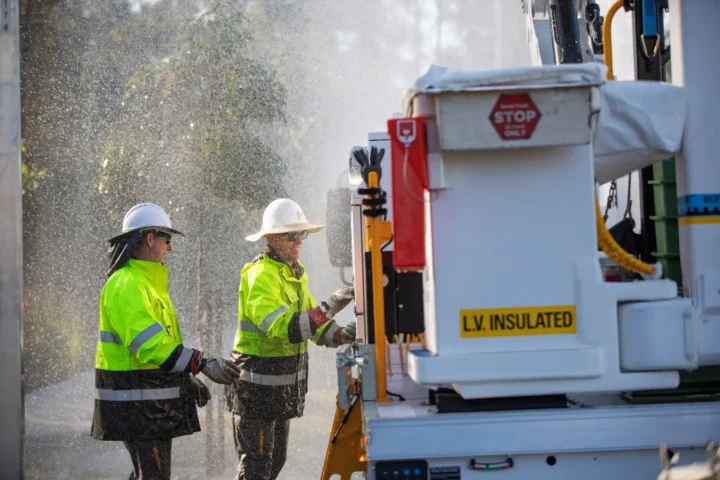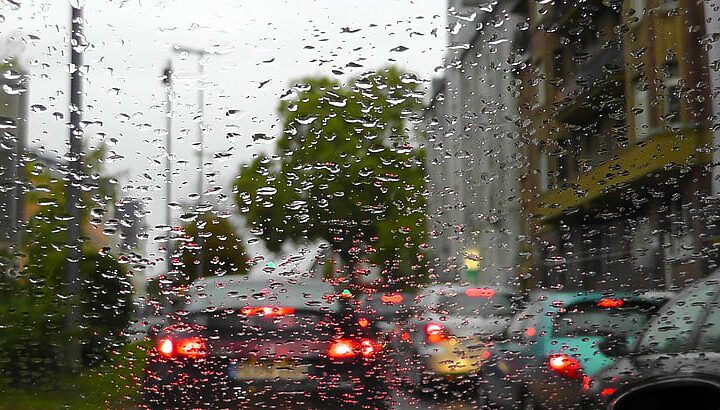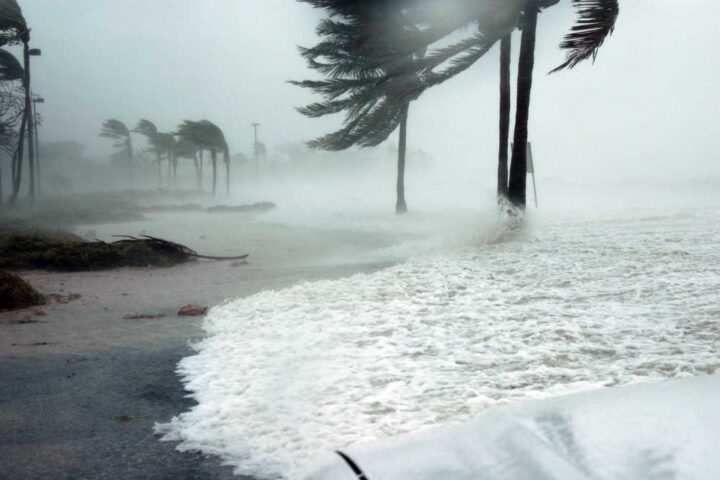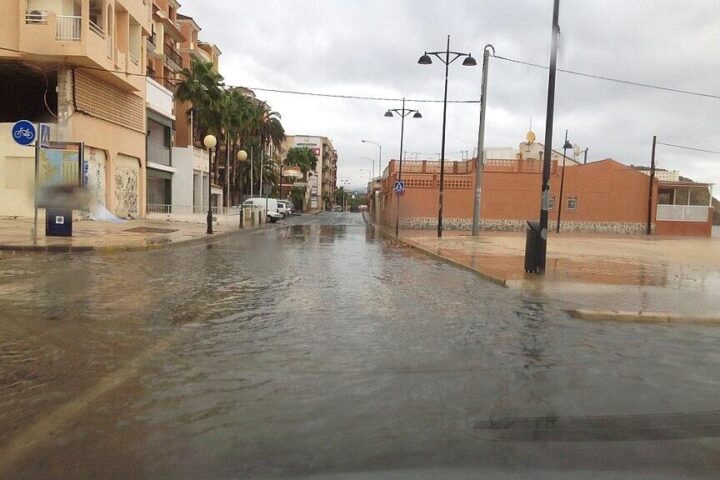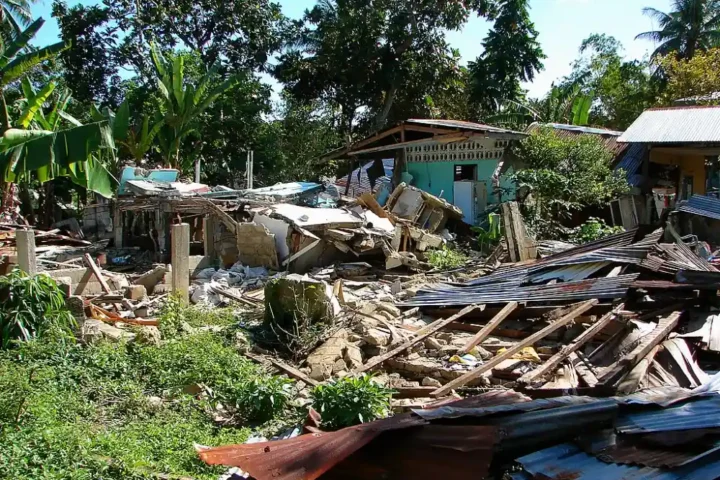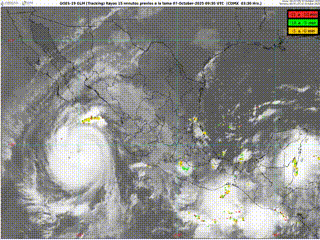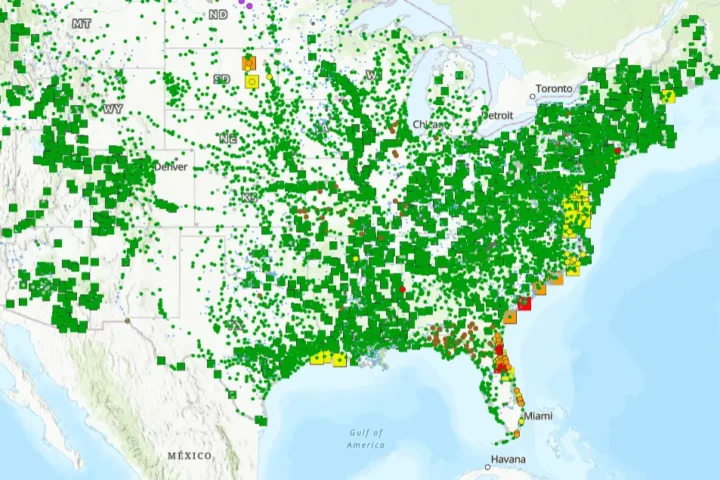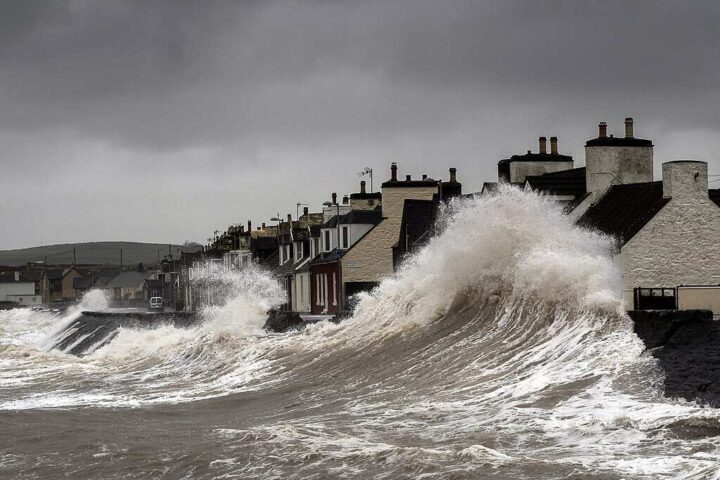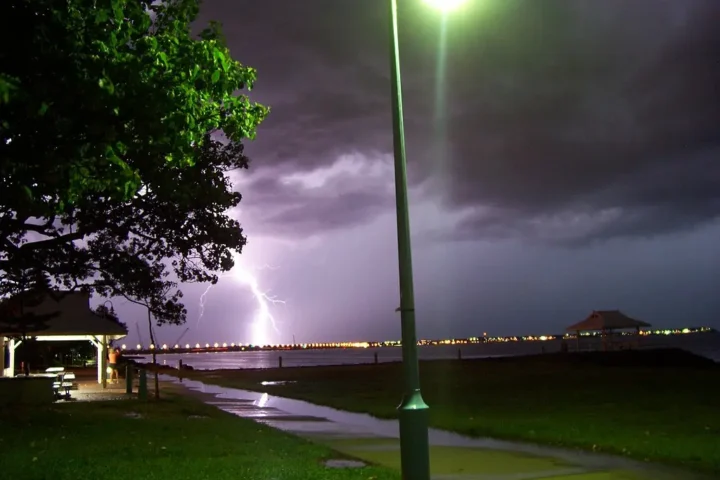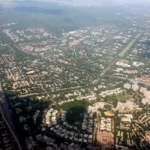Lightning struck the North Rim of Grand Canyon National Park on July 4, igniting a wildfire that would eventually consume the 98-year-old Grand Canyon Lodge. What began as a managed burn quickly transformed into a devastating blaze when winds shifted, destroying not just an architectural treasure but threatening the economic lifeline of surrounding communities.
“The lodge had an indescribable magic to it,” said Jen Pinegan, who visited the North Rim on July 4. “Watching sunrise from the lodge was indescribable. I wept learning it burned.”
Utah Ties Run Deep
Few realize the strong Utah connections to this Arizona landmark. The original lodge was constructed by the Utah Construction Company from Salt Lake City, according to Grand Canyon Historical Society records. Kanab residents from Utah first developed the North Rim area over a century ago, creating what would become a critical economic corridor.
“This isn’t just an Arizona tragedy,” explained Davy Crockett, Vice President of the Grand Canyon Historical Society. “The North Rim has deep roots in Utah’s development history. Many early entrepreneurs from Kanab built the foundation for what became the tourist economy there.”
Jacob Lake Inn, located 45 miles north of the North Rim entrance, evacuated as flames approached. Owner Melinda Rich Marshall from St. George, Utah, faces an uncertain future: “This is our second catastrophic fire in five years. Survival is uncertain without North Rim tourism.” Marshall noted that 80% of their revenue comes directly from North Rim visitors.
Fire Response Complicated by Chemical Hazard
The fire response faced unexpected challenges. On July 12 at 3:30 p.m., the North Rim’s water treatment facility caught fire, releasing chlorine gas and forcing immediate evacuation of firefighters and inner-canyon hikers. The gas, heavier than air, created dangerous conditions for responders.
That evening, sustained winds at 20 mph, gusting to 40 mph, drove a 500-acre run. Fire managers deployed helicopter bucket drops, but retardant application near the lodge was postponed due to the chlorine-gas hazards.
By July 11, the National Park Service (NPS) shifted from a “confine and contain” strategy to an aggressive full-suppression approach, ordering retardant drops in the Roaring Springs drainage area.
Beyond the Lodge: Extensive Infrastructure Damage
The destruction extends far beyond the iconic lodge itself. At least 50-80 structures were lost, including:
- The visitor center and gift shops
- The park’s wastewater treatment plant
- The only gas station serving North Rim visitors
- Administrative buildings and employee housing
These losses mean the North Rim will remain closed for the entire 2025 season, halting tourism revenue for surrounding businesses. All North Rim staff and concession workers were evacuated following the fire’s expansion.
A Historic Legacy in Ashes
Built in 1927 by famed architect Gilbert Stanley Underwood, the Grand Canyon Lodge exemplified the “parkitecture” style that defined America’s national parks. Constructed from Kaibab limestone and Ponderosa pine logs, it blended seamlessly with its surroundings while offering unparalleled views from its position on the canyon’s edge.
“The lodge was a masterpiece of rustic architecture,” said Robert Sutton, Retired NPS Chief Historian. “Its loss is a cultural tragedy.”
The lodge had already survived one major fire in its history. After burning in 1932, it was rebuilt in 1938, maintaining Underwood’s original design principles.
Cultural losses include Navajo woven rugs, the “Brighty the Burro” statue (a beloved North Rim mascot), and the iconic “Sun Room” with its panoramic canyon views.
Climate Factors Increasing Fire Risk
Fire managers face growing challenges as climate patterns shift. While specific data for the Grand Canyon region would require further verification, climate scientists have documented increased fire risks across the American Southwest in recent decades, correlating with higher temperatures, lower humidity, and earlier snowmelt patterns.
Similar Posts
Political Response and Accountability Questions
Governor Katie Hobbs issued a statement on July 13 calling for “a comprehensive, independent investigation” into how the Dragon Bravo Fire was managed—particularly questioning the initial decision to treat it as a prescribed burn during peak heat and drought conditions.
“The decision-making process behind allowing a lightning-caused fire to burn during the height of tourist season requires thorough review,” the Governor’s statement read.
Latest Containment and Recovery Efforts
As of July 15, the Dragon Bravo Fire remained uncontained at approximately 5,700 acres, according to InciWeb reports. The separate White Sage Fire has grown to roughly 50,000 acres. NPS Director Chuck Sams has pledged to “explore all options for reconstruction,” though no specific timeline has been established.
The National Parks Conservation Association (NPCA) has issued a statement acknowledging the destruction to Grand Canyon National Park and its impact on visitor experiences.
The Economic Fallout
The closure of the North Rim creates significant economic ripples throughout the region. The lodge was the only overnight accommodation on the North Rim, which receives approximately 10% of the park’s 4.9 million annual visitors (around 490,000 people).
For businesses like Jacob Lake Inn that depend on North Rim tourism traffic, the closure threatens their very existence. With the North Rim generating millions in tourism revenue annually, the economic impact extends to communities in both Arizona and Utah.
The Grand Canyon Lodge Fire
The Grand Canyon Lodge, a landmark of rustic design and historical significance, was destroyed by wildfire on July 4, 2025. The blaze also damaged dozens of North Rim structures, displaced workers, and halted seasonal tourism. The lodge previously burned in 1932 and was rebuilt in 1938. The National Park Service is assessing reconstruction options while managing ongoing fire containment efforts.
